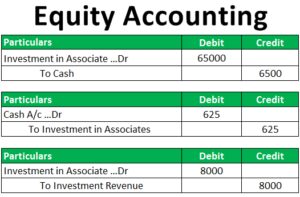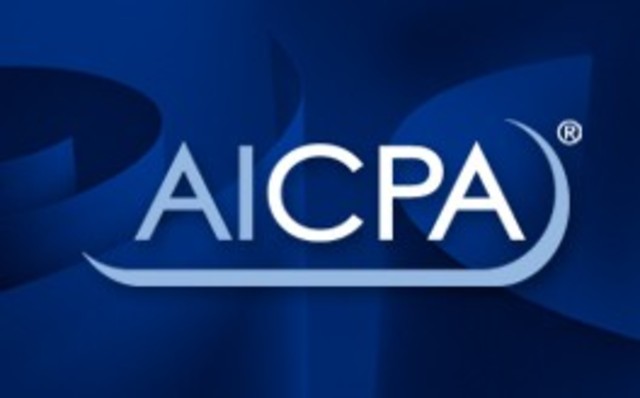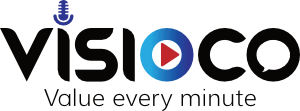Your Guide to Accounting for Manufacturing Businesses

Overhead costs include expenses like factory rent, utilities, and administrative costs. The first-in-first-out (FIFO) inventory valuation method assumes that the first unit you manufacture is the first one you sell. FIFO is generally the most popular approach, especially for manufacturers of products with limited shelf lives. While you probably won’t handle all your business’s accounting personally, you still need to understand it. A lot of manufacturing accounting revolves around creating records that managers can use to inform business decisions. Running a manufacturing company while managing its books is a challenging prospect.
Connect Xero accounting software to manufacturing apps
This approach not only improves cost efficiency but also enhances overall operational performance. In the manufacturing sector, financial statements serve as the backbone for evaluating a company’s financial health and operational efficiency. The primary financial statements include the balance sheet, income statement, and cash flow statement. Each of these documents provides unique insights into different aspects of the business, from asset management to profitability and liquidity.
Manufacturing accounting best practices
Here’s what you need to know to navigate manufacturing accounting successfully, including the best practices for the industry, the most complicated processes involved, and some fundamental terms. The software should have the ability to generate financial reports and provide insightful analysis of production performance. Though the periodic https://www.quick-bookkeeping.net/accounting-vs-finance/ inventory system is easier to maintain, it only yields an accurate value when a physical inventory count is made, and so is not recommended. The perpetual system should yield accurate inventory unit quantities at all times, though rigorous record keeping and cycle counting are required to ensure that a high level of accuracy is maintained.
Weighted average

Manufacturing accounts can also help businesses manage their cash flow and budget for future production. Finished items and your company’s items-in-progress should also contribute to manufacturing overhead costs. Producing credible financial track records helps businesses reinforce investor faith and build a reputation for honesty. Auditing allows a manufacturing business to ensure that the accounting processes and standards deployed in analyzing a company’s finances are up to the mark. This helps entrepreneurs rest assured that their firm’s statements and records, and in turn the company’s adherence to business ethics and integrity. Accurate financial records are important for both capital expansion goals and to avoid legal repercussions arising from monetary misappropriation.

Best Overall Accounting Software for Manufacturing Businesses
There’s no one-size-fits-all, and you may find yourself using different methods for different parts of your organization. In this guide we’ll look at the methods available to you, and some potential problems and useful benefits once you’re up and running. It will avoid a situation where you have too much inventory (which costs money) or, even worse, not enough inventory, where you can’t fulfil the requirements of your customers. Contract manufacturing is the outsourcing of certain manufacturing jobs to another (third-party) company. For example, a smartphone manufacturer might outsource the audio components to a speaker manufacturing specialist. Manufacturing accountants also keep an eye on other important areas of expenditure to ensure the budget is followed throughout the financial year.
- While keeping track of these necessities can be time-consuming and complicated, external financial partners like Sanay can help you stay ahead of financial challenges and boost your profit.
- For information pertaining to the registration status of 11 Financial, please contact the state securities regulators for those states in which 11 Financial maintains a registration filing.
- Running into regular shortage issues or having a significant excess inventory can negatively affect your profitability and speed of production.
- For publicly traded companies, compliance with standards such as the Generally Accepted Accounting Principles (GAAP) or International Financial Reporting Standards (IFRS) is mandatory.
- For example, in February, a manufacturer may produce 1,000 widgets but only sell 925 widgets.
This is typically achieved by implementing a double-entry system, which diligently tracks all financial transactions and safeguards against errors or discrepancies. Having these standards allows you to detect variances that can be analyzed, allowing trends to be spotted, and enabling you to make the right adjustments to pricing. If you are spending more on manufacturing the product than necessary, you will not meet your income targets. At Taxfyle, we connect small businesses with licensed, experienced CPAs or EAs in the US. We handle the hard part of finding the right tax professional by matching you with a Pro who has the right experience to meet your unique needs and will manage your bookkeeping and file taxes for you. Nevertheless, cloud-based solutions offer the most streamlined option, allowing you to connect your internal system virtually and sync live data anywhere.
The cost of goods sold Manufacturing account tracks information on all inventory items sold by the firm. This includes any items used in the production process but is not yet part of the finished product. An accounting software or service can help you avoid costly mistakes and get a clear picture of your overall finances.
By doing this, you can work out the labour and material costs to produce a single unit of your product. Integrating or upgrading your accounting software, though important, runs the risk of increasing errors in your recorded business data. Here are some best-practice tips for conducting successful manufacturing accounting.
Please do not copy, reproduce, modify, distribute or disburse without express consent from Sage.This article and related content is provided as a general guidance for informational purposes only. This article and related content free invoice generator by invoiced is not a substitute for the guidance of a lawyer (and especially for questions related to GDPR), tax, or compliance professional. When in doubt, please consult your lawyer tax, or compliance professional for counsel.
Indirect costs are difficult to trace back to the manufacturing of a specific product. Other manufacturing account types may include administrative costs, marketing costs, and cost of goods sold (COGS). A good rule of thumb for determining if a cost is direct or indirect is to ask whether the cost increases as production increases. In addition to per-part inventory costing, it is also important to track the total number of on-hand inventory units. The two common types that inventory can be arranged in light of this are the perpetual and the periodic inventory system.
Activity-based costing (ABC) is a way to assign indirect manufacturing costs like overhead to products or processes. Manufacturers often deal with a vast array of costs incurred by their business’ production process. Keeping track of these costs is crucial to the seamless operations of the business. Cost accounting in manufacturing tracks production costs such as overheads, labor costs, and the cost of raw materials. Accounting for the industry’s expenses allows production managers to streamline and weed out any unnecessary steps in production and also determine a competitive price for their products.
By employing appropriate accounting practices, businesses can accurately track costs, make informed decisions, and effectively manage their financial performance. A manufacturing account tracks a manufacturing business’s production costs, materials used, and inventory levels. The best accounting software for manufacturing businesses https://www.adprun.net/ will also integrate with other software you use, such as your ERP software, CRM systems, or other modules that speak to inventory management and production. You should also be able to give access easily to any third-party professionals that may need access to your financial information, such as your tax accountant or bookkeeper.
Also, costs may be assigned to specific jobs (known as job costing) and then charged to the cost of goods sold when the inventory items in those jobs are sold to customers. Standard costing is an accounting system where you establish standard rates for materials or labor used in production or inventory costing. By doing this, you can work out the labor and material costs to produce a single unit of your product. Manufacturing accounts can provide businesses with valuable information about their production costs, inventory levels, and sales.
Because that directly affects your tax liability, the IRS requires that you use specific methods to calculate both numbers. However, manufacturing accounting software can automate a significant portion of this responsibility. You or an accountant should still perform reconciliations to confirm the accuracy of your financial records, but it’s much easier than doing everything by hand. Maintaining accurate and organized records of all the transactions and costs involved in production can be incredibly laborious if you do it manually.

